About
3 trillion trees in the world
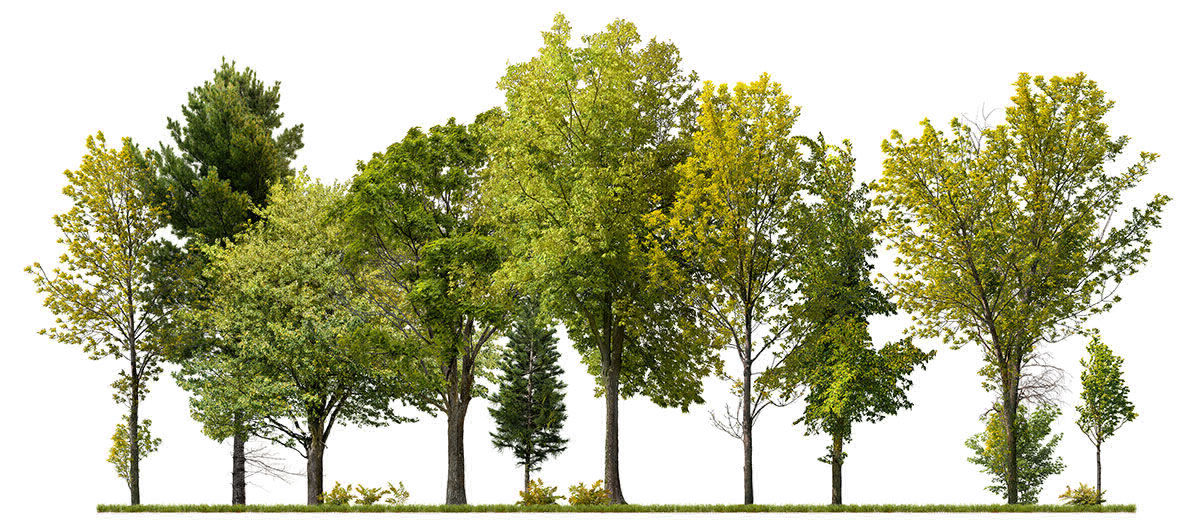
There are more than 60,000 different species
About
3 trillion trees in the world

We lose about 1/5th of square kilometer of forest every minute!
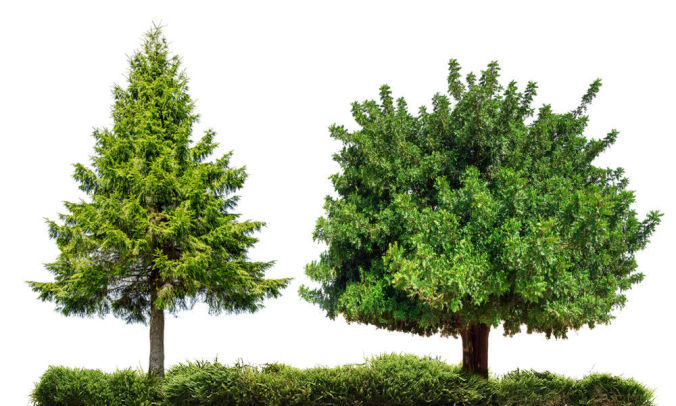
There are 7.7 billion people on the planet
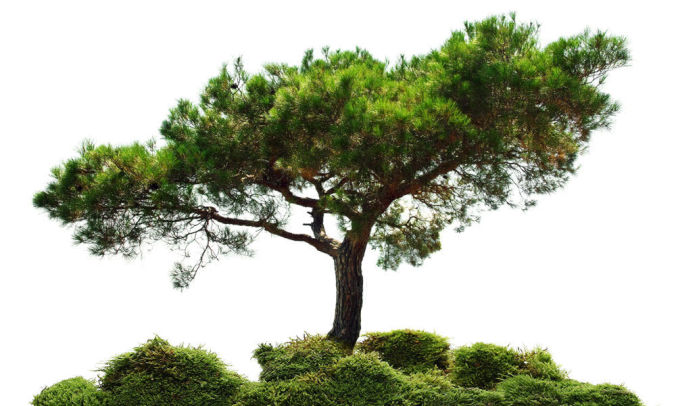
130 million people are born every year
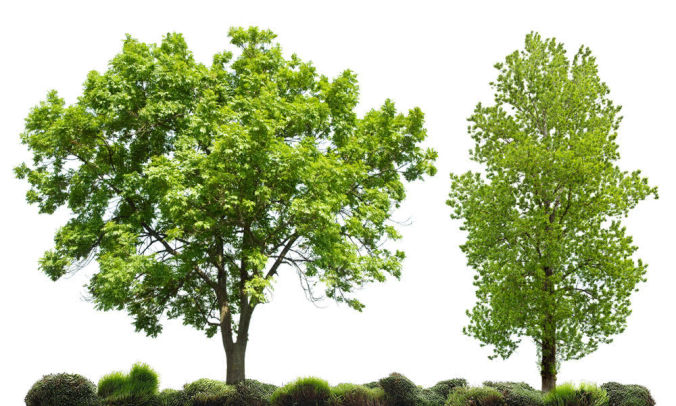
Every day 350,000 people celebrate their birthdays
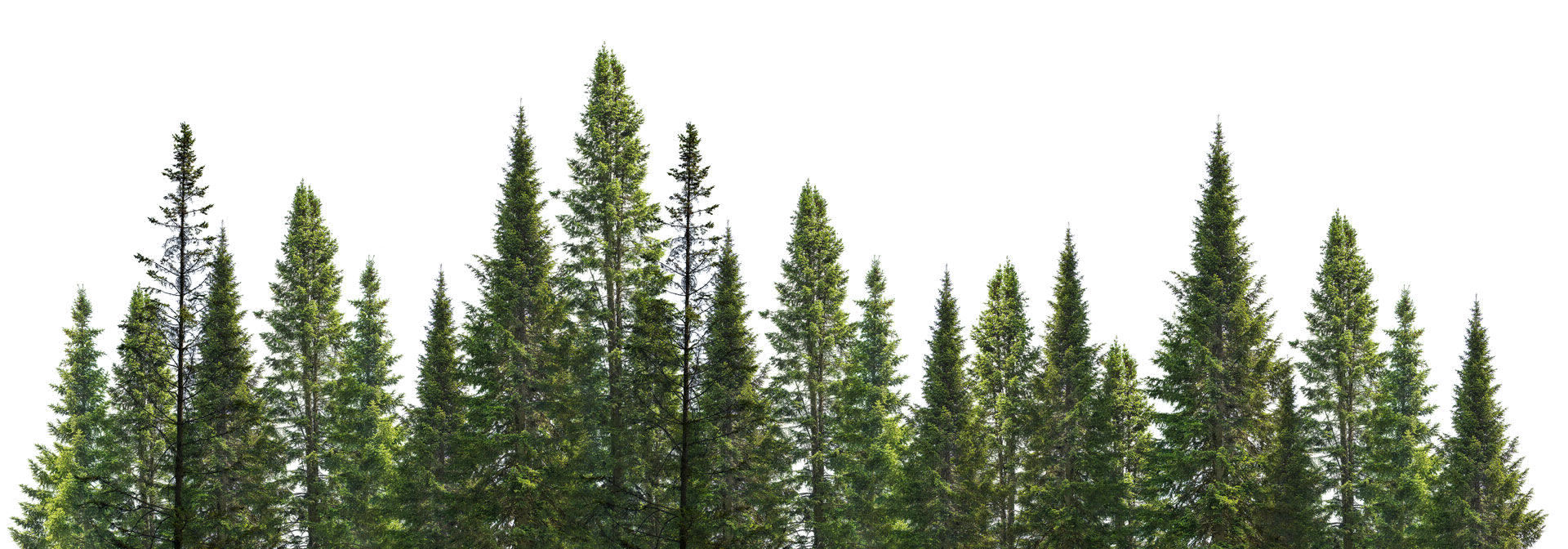
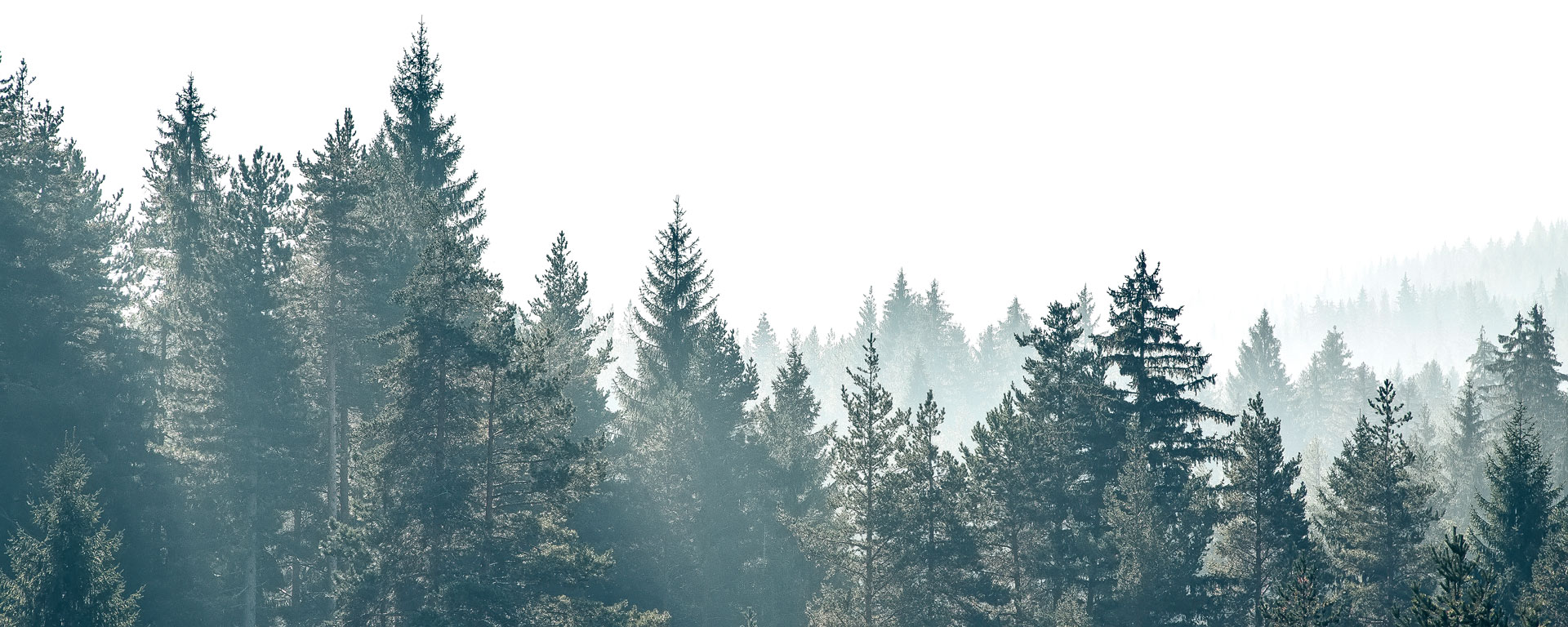





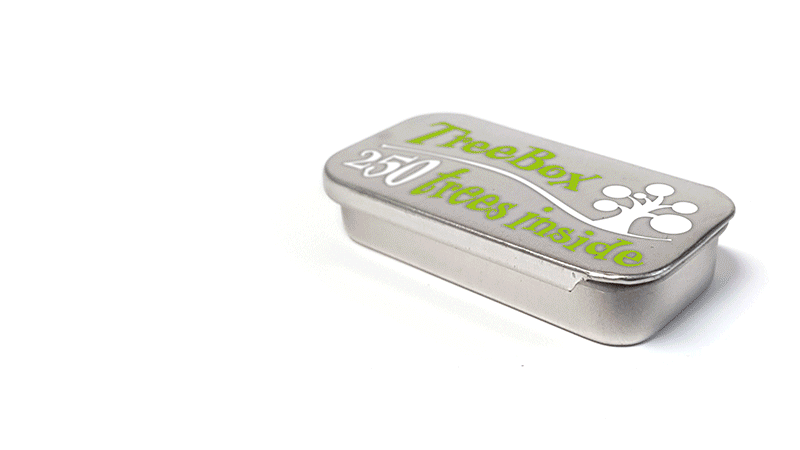
250 trees, 6 species - enough to plant a small forest and all this in a small durable tin box package!

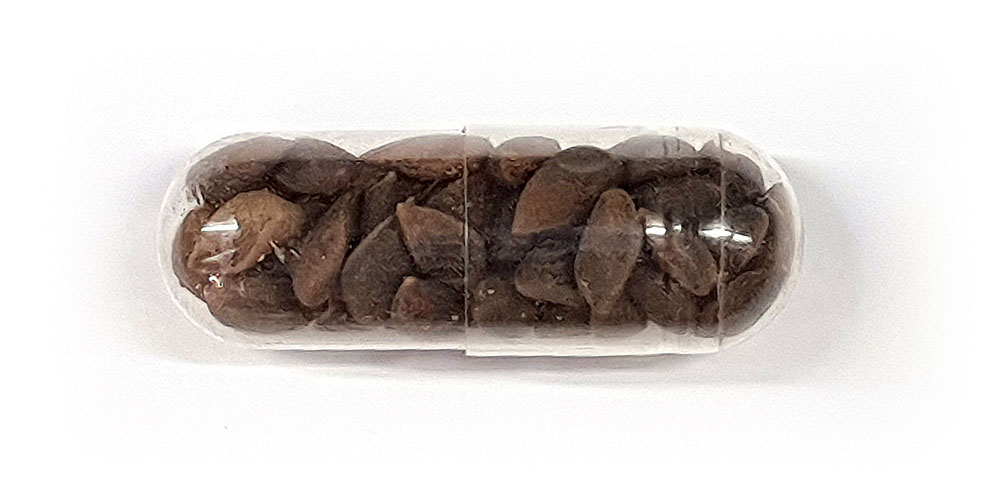
Spruces are large trees, up to 60 meters tall, and can be distinguished by their whorled branches and conical form. Spruce likes shadows and can grow under other trees. It has widely commercial use: a round form is used for masts and poles, lumber used in construction, furniture industry, musical instrument creation and paper manufacture. Learn more...
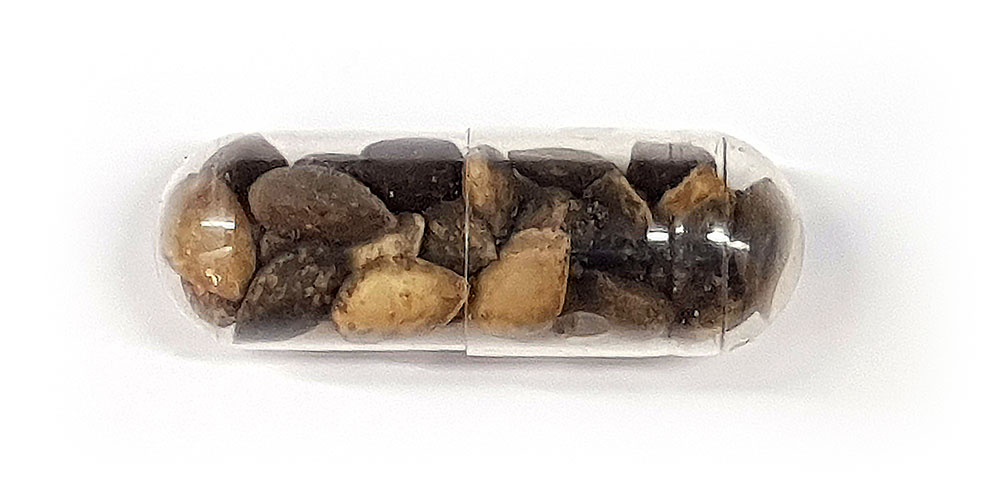
Pine tree has a wide ecological amplitude - it is able to grow well in poor sand and swampy soils. The pine trees like sun and don't like if other trees are shading them. Pines give us turpentine, balsam, rosin, tar, charcoal and other products used as medicine as well as in the form of round poles, machts and building materials. Learn more...
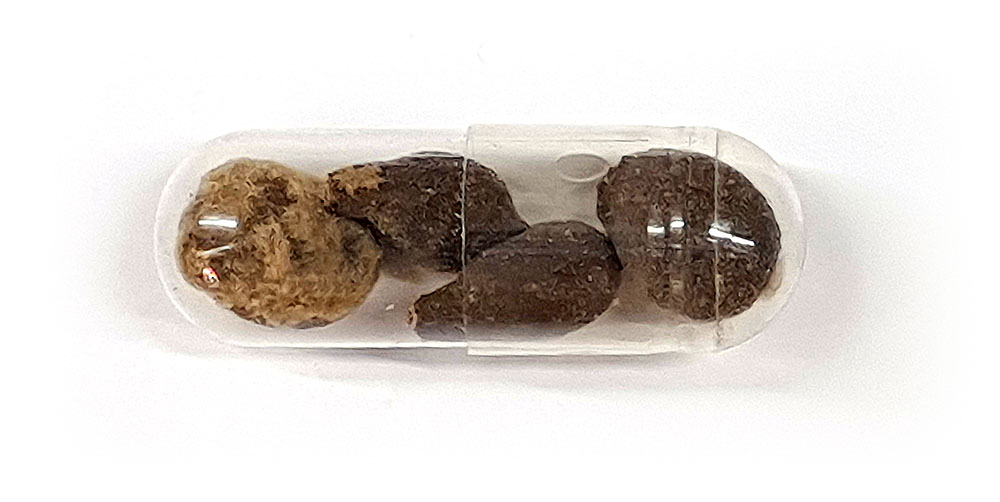
In Latvian folk culture boys are compared with oak trees, but girls with lime trees - Linden is a female tree. Linden is a very powerful tree that gives people energy, the desire to live and fight, curing everything. Linden tea and honey is the first medicine to colds. Learn more...
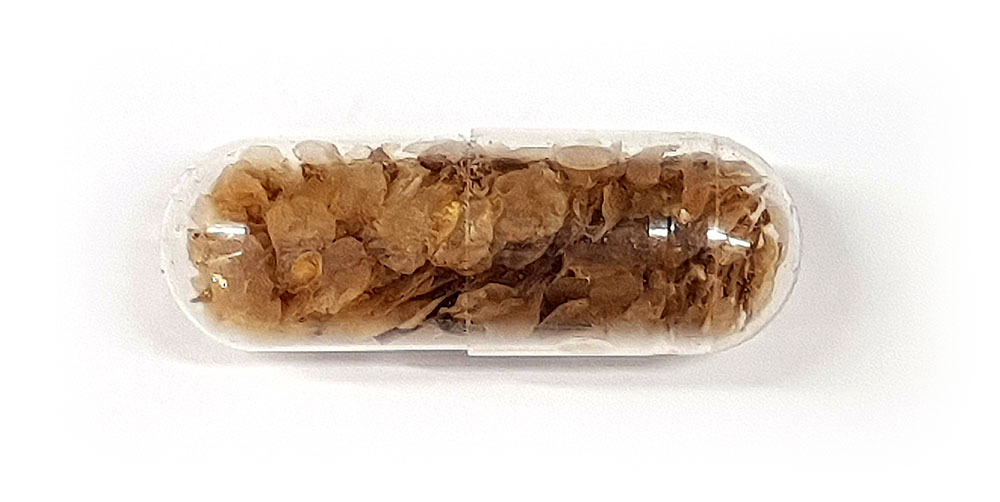
In the spring, until soil is restored, birch saps juice containing sugar, extracts and minerals, especially potassium. It’s a health drink that is stored in fermented form until the summer. Our ancestors drank birch juice throughout the summer, keeping it in large oak barrels. Learn more...
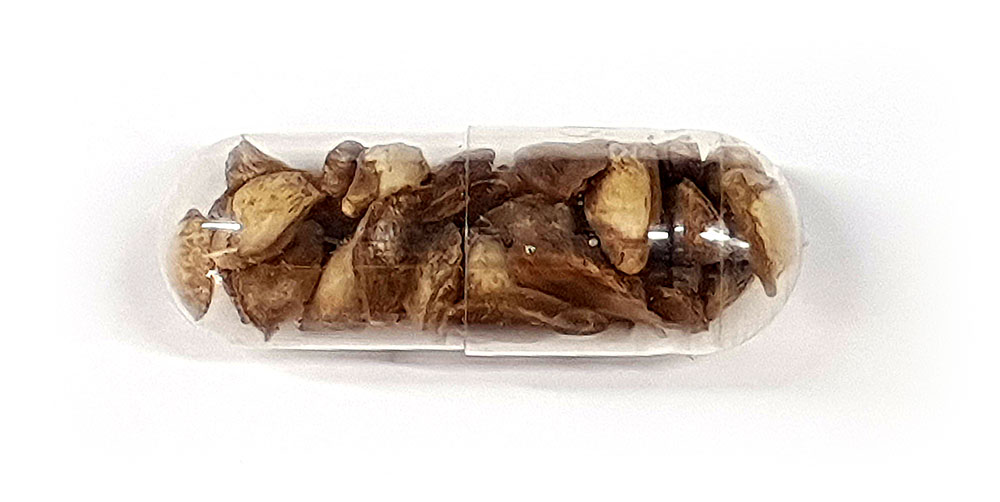
Larch is a wood valued for its tough, waterproof, and durable qualities. Top quality knot-free timber is in great demand for building yachts and other small boats, for exterior cladding of buildings, and interior paneling. The timber is resistant to rot when in contact with the ground and is suitable for use as posts and in fencing. Learn more...
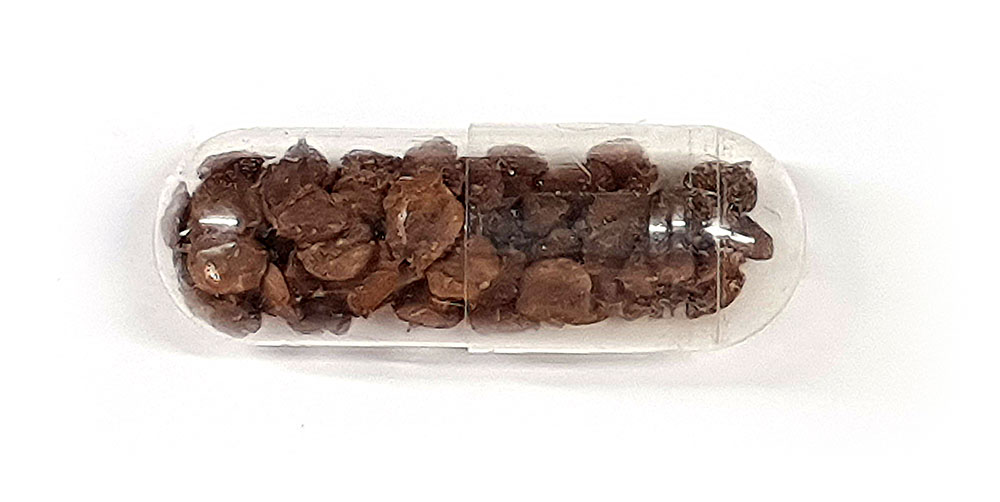
Black alder is a tree species with quite an extraordinary growth requirements; it feels best in places with fertile ground running near water. Therefore, this species grows in places where many other trees doesn't grow. Black alder wood is used in furniture industry. Learn more...
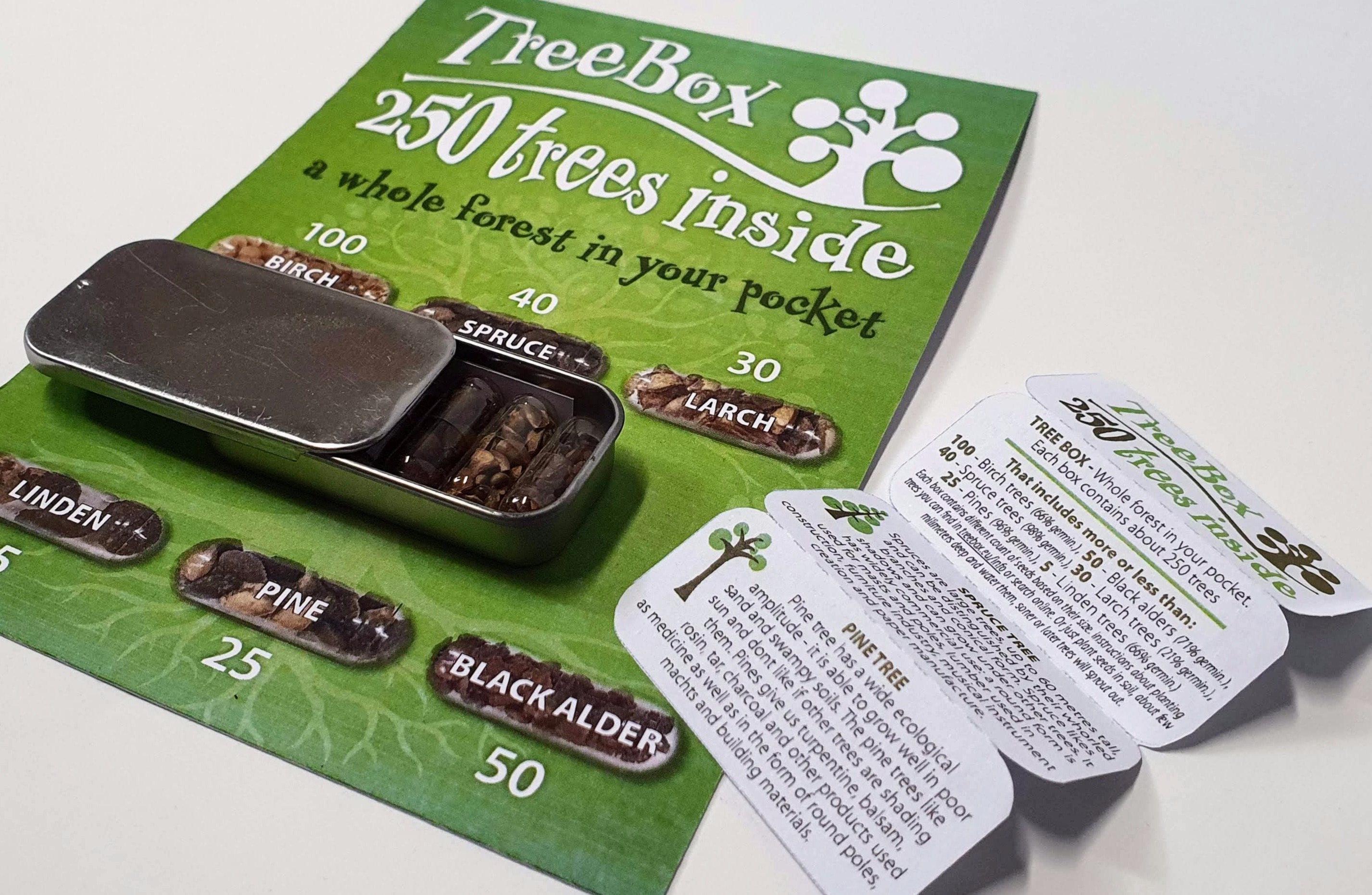
One small box with seeds of six tree varieties.
Each box contains about 250 trees. About 100 - Birch trees, 50 - Black alders, 40 - Spruce trees, 30 - Larch trees, 25 - Pines, 5 - Linden trees. Count of seeds differs based on their size. Instructions about planting trees you can find at the end of this page, just scroll down. Or just plant seeds in soil, about few millimeters deep and water them, sooner or later trees will sprout out. :)
Tree Box - Whole forest in your pocket.







